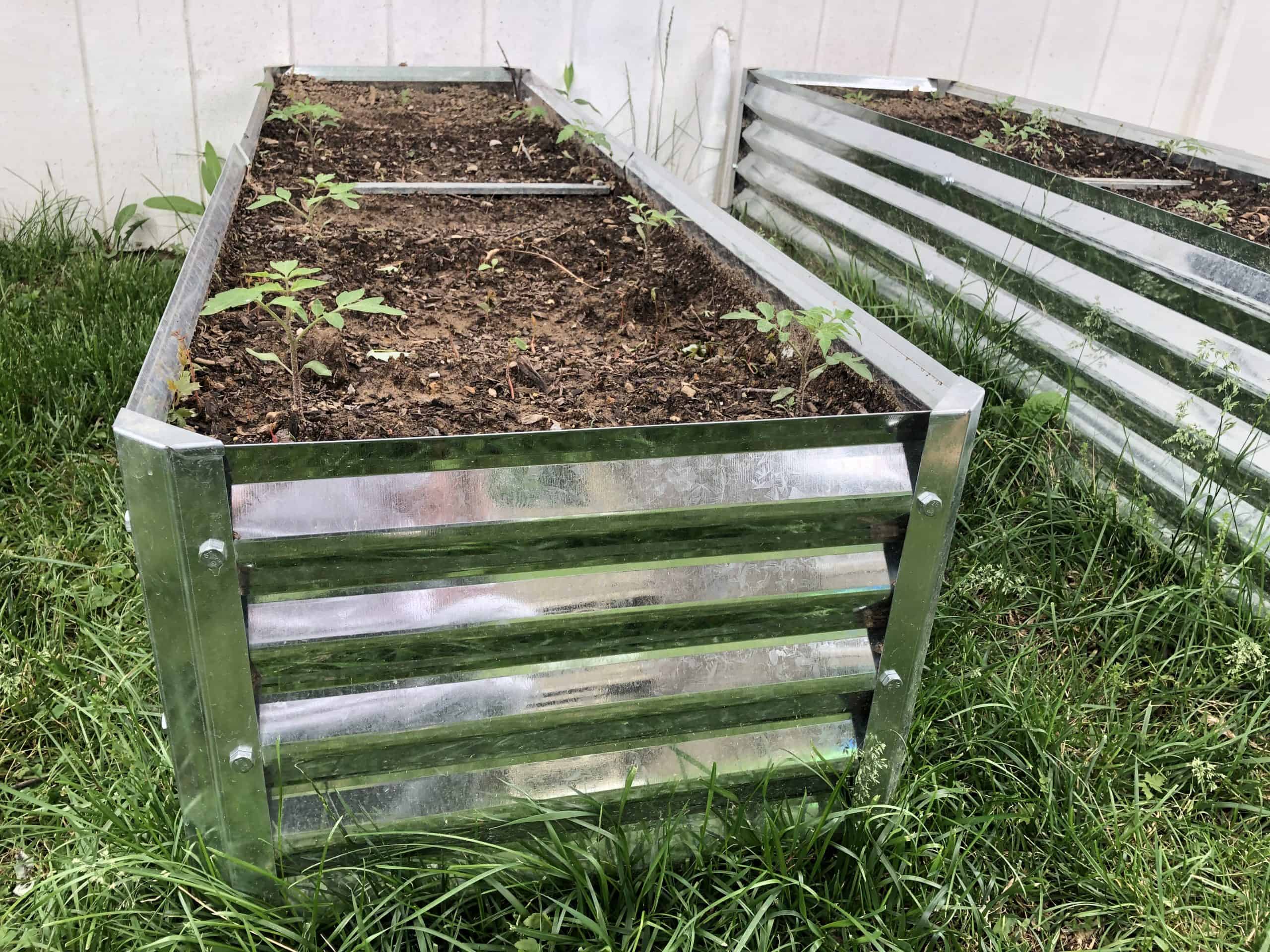You don’t have to look hard to find reasons to love raised garden beds. In fact, if you’re considering adding a garden to your outdoor space, raised beds are probably the way to go. Not only do they create a natural organization, but they’re much easier to manage than standard in-earth gardens.
Being an enthusiast of all things outdoors, I’ve seen every time of raised bed there is. There are wood, rock, and even raised beds made of dirt mounds. One of the types gaining immense popularity lately are galvanized steel raised beds.
In this guide, we will help answer some of the most common questions about galvanized beds, as well as provide some recommendations if you’re on the fence. So, without further ado, let’s dive in!
Are Galvanized Steel Beds Safe?
For vegetable gardens, you may be naturally skeptical of galvanized steel raised beds. After all, that’s zinc-coated steel sitting right next to your potential dinner. Is that safe?
Although there is a small chance that a minimal amount of zinc will leak into your garden bed, zinc is not a bad thing for your soil. Galvanized beds are safe for plants and people that may put those plants on their dinner plate!
How Long Does A Galvanized Steel Raised Bed Last?
So, we’ve established that galvanized steel raised beds are safe. However, if you decide to get some, how long can you expect them to last?
Galvanized steel is a very hardy material. Even when subjecting it to outdoors, you can still expect galvanized steel raised beds to last at least thirty years. This will be more than enough time for most homeowners to reach all of their gardening goals for their lifetime.
Additionally, it takes very little maintenance to take care of a galvanized bed. Because of this, it should stay looking great for years to come.
Do Galvanized Beds Get Too Hot?
With the sun beating down on the steel all day, it’s natural to wonder whether your soil will stay cool and wet enough for your plants.
With that being said, testing the soil temperature near the edges will show slightly elevated temperatures. But definitely not high enough to burn out the roots of any of your plants.
Furthermore, the galvanized bed does a great job of helping maintain the heat in the beds toward the tail-end of the growing season. The bed will work as an insulator to keep the temperatures inside the bed more consistent.
I’ve also been asked whether or not galvanized raised beds get too hot to the touch. I can safely report that mine doesn’t get any hotter than a standard piece of patio furniture.
How High Should My Galvanized Steel Raised Bed Be?
The height of your raised garden bed is entirely up to you. However, most people like to choose relatively high up off the ground, around knee height, or above. One of the main reasons for this is ease of maintenance.
I’ve spent plenty of time on my hands and knees in the garden. But, trust me, if you don’t have to, your back and knees will thank you for it.
Another aspect to consider when installing galvanized beds is your irrigation plan. If you want the bed to be watered as part of your automatic irrigation system, plan for it before installation and place it accordingly.
Lastly, keeping the bed off the ground will help keep some (not all) critters from accessing your garden. Of course, you will likely need a few other strategies to keep your garden to yourself, but a raised bed is a start at the very least. Additionally, consider what type of material to line the bottom of the raised bed with. We just wrote an article about just that — find it here.
The Bottom Line
Installing a galvanized steel bed in your garden or patio area is likely something you will only have to do once in your life. As your wood frame beds will start to deteriorate, the steel should hold strong for over thirty years.

